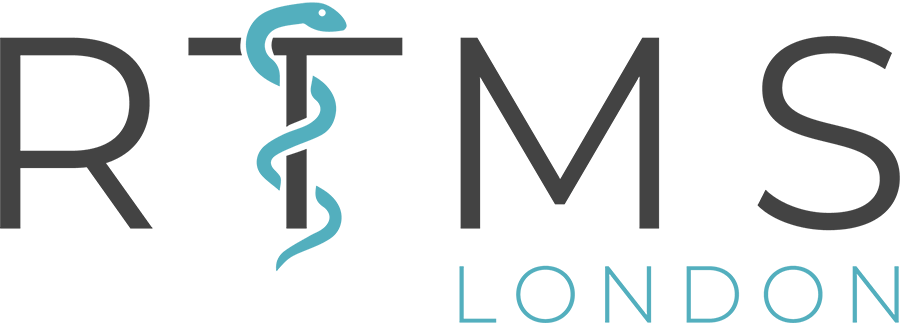How to get Emma Raducanu fit for Wimbledon
Our resident magnetic stimulation specialist Elliot Nation also happens to be a former tennis coach, so we asked him for his opinion on how our pioneering treatment approach might benefit Emma Raducanu in her quest to get fit for Wimbledon.
How to get Emma Raducanu fit for Wimbledon
World number 11, grand slam champion, British number one, all achieved before she turns 20. The rise of Emma Raducanu has been meteoric, and there is no doubt that she has the potential to go on to do even greater things.
Since her triumph at the US Open last year however, Raducanu has had a troubled season, with numerous injuries hampering her progress. She has been struggling with a recurring back issue, and most recently was forced to retire from the Wimbledon warm up event at Nottingham with what appeared to be an intercostal muscle strain. This will have severely disrupted her preparations for her home grand slam, and indeed her participation in the event is now in doubt.
Raducanu has been working hard in the gym to improve her strength, and her expert team of trainers will have been doing everything they can to keep her healthy. However, it appears as though the demands of professional tennis are currently proving too much for the teenager’s body to handle. No professional athlete wants to take time off from training and competing, so perhaps it is time for Raducanu to consider taking the same approach as Bayern Munich football club and many other international athletes, and add some peripheral magnetic stimulation into her treatment programme.
Dieter Waibler
Top athletes will always work with a high-level medical team, usually consisting of doctors, physios or osteopaths, but some have discovered a secret weapon – Dieter Waibler. Waibler keeps a low profile – working in a small practice in a leafy, residential area of Munich – but his list of patients is about as high profile as it gets, with Usain Bolt, Ronaldo, Steven Gerrard, Michael Owen, Arjen Robben and many others rumoured to have been treated by him. So, what attracts so many top international sports stars to this quiet man?
Peripheral Magnetic Stimulation
What Waibler offers is Peripheral Magnetic Stimulation*, a pioneering treatment for musculoskeletal injuries that uses electromagnetism to interact directly with the body’s nervous system. The treatment encourages healing by increasing blood flow to the affected area through the rhythmic contraction and relaxion of the targeted muscles, but the real strength of magnetic stimulation is the desensitising effect that it has on the nervous system and brain.
When a part of the body becomes injured, the nerves in the area increase their sensitivity. This is a protective mechanism, designed to prevent you from using the injured area – with the aim of allowing it to heal. However, for somebody who needs to get back to training fast, this can be an unhelpful obstacle. In order to rehabilitate an area quickly, training needs to begin as soon as possible after the initial inflammatory process has settled down, but with this increased neurological sensitivity, pain can make this very difficult to do.
Emma Raducanu will no doubt be receiving a lot of hands on work to her injured rib, and essentially the intention of this is the same as that of magnetic stimulation. Modern research has begun to show that much of the effect of manual therapy is due to its desensitising effect on the nervous system, although the strength of this is a fraction of what can be achieved with the magnetic stimulation. This is what has led people to describe Waibler’s treatment as a “miracle method”, as the speed of progress is far greater than what is possible with the hands alone.
So what would we do with Emma?
- Diagnosis – An accurate diagnosis is essential before any treatment begins. Raducanu will presumably have had appropriate imaging to assess the extent of the injury, and we would work with her team to establish the exact level of damage that has occurred, as well as which tissues are involved.
- Treatment – Peripheral Magnetic Stimulation would be used to target the precise areas of pain, guided both by the patient’s feedback, as well as the imaging results. Physical assessments would be performed at multiple points during the session to check the progress of the treatment and to give us information about the next areas that require some work.
- Rehabilitation – Once the treatment has settled the pain down, the rehabilitation can begin. Although we are highly trained in rehabilitation, this part would be led by her team – who know her body in greater depth.
- Ongoing management – A short but intensive series of sessions would be beneficial to keep the pain under control while the rehabilitation is progressing. This would also have the added benefit of speeding up the healing process, as muscles in between the ribs can be particularly hard to access with a hands-on approach. We would then be extremely interested to learn more about her ongoing back issues, and how magnetic stimulation may be able to help her with this.
Our Harley Street clinic is the first in the U.K to offer this ground-breaking treatment, and our expert team thoroughly enjoy working with high-level athletes. So Emma, if you are reading this, come along and let’s get you ready for Wimbledon!
*Also known as Magnetic Shockwave Therapy
Posted on 9th June 2022
